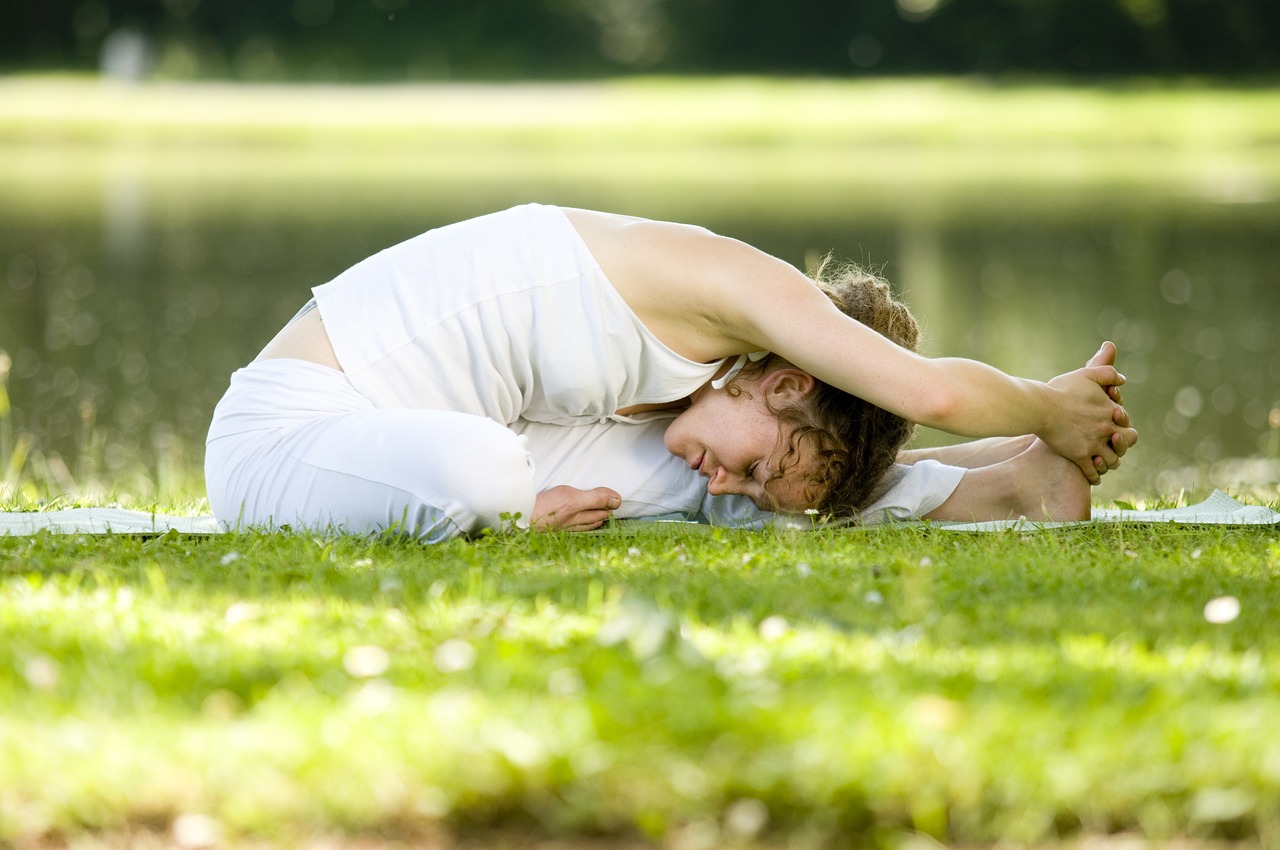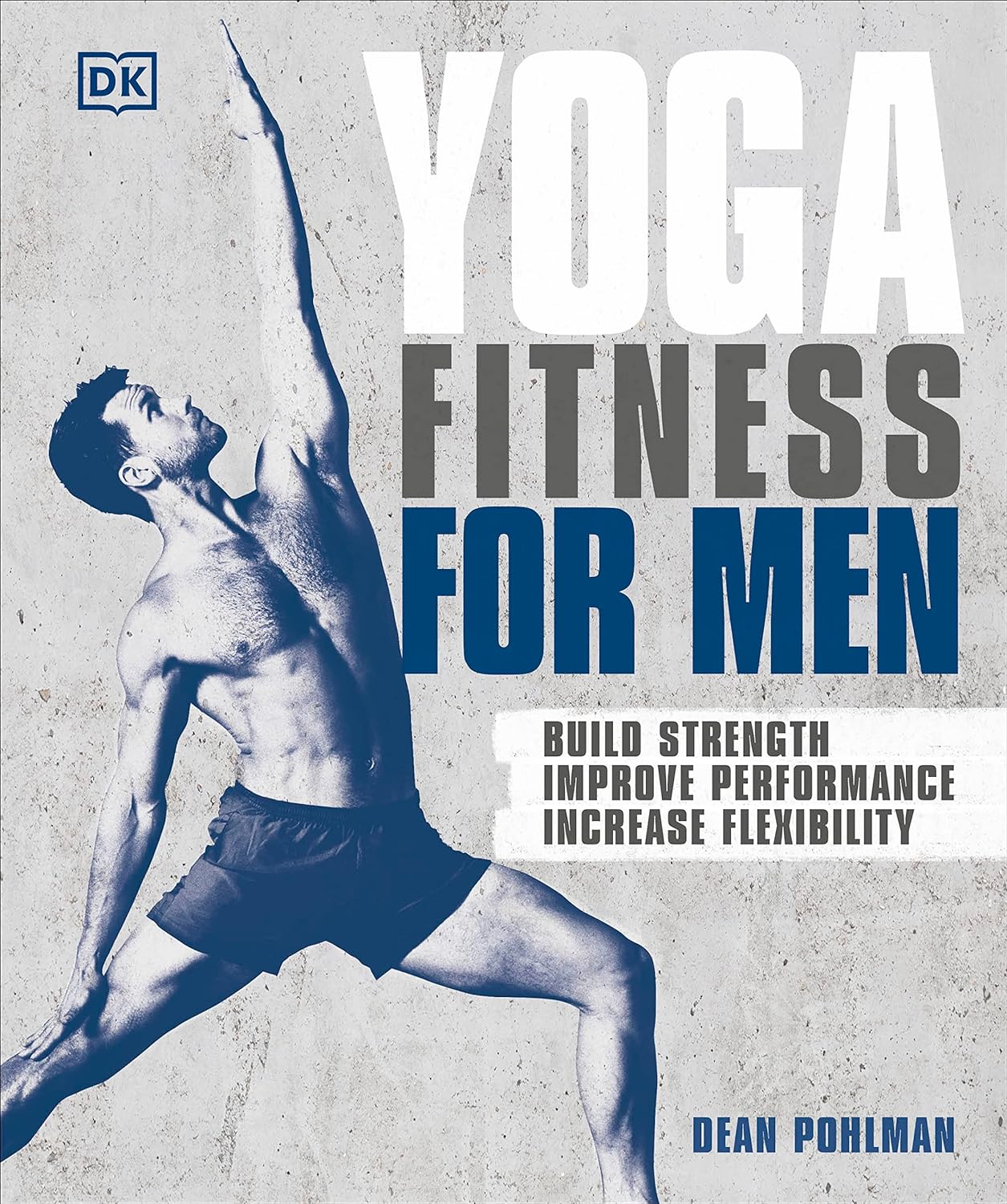Yoga is a transformative practice that offers a multitude of benefits, including improved flexibility, increased strength, enhanced mental clarity, and reduced stress. Whether you’re a beginner or have some experience, incorporating yoga into your daily routine can have a profound impact on your overall well-being. In this article, we will explore a 10-minute yoga routine specifically designed for beginners, focusing on flexibility and strength. Additionally, we are providing a free PDF guide that you can download and refer to as you embark on your yoga journey.
The Benefits of Yoga for Flexibility and Strength
Yoga is renowned for its ability to improve flexibility and build strength, making it a popular choice for people of all fitness levels. Let’s delve into the specific benefits it offers:
- Enhanced Flexibility: Yoga postures, known as asanas, gently stretch and elongate muscles, tendons, and ligaments. Regular practice gradually improves flexibility, allowing for a greater range of motion in daily activities and reducing the risk of injury.
- Increased Strength: Contrary to popular belief, yoga is not just about stretching; it also builds strength. Holding poses engages various muscle groups, leading to improved overall strength and muscle tone.
- Balance and Stability: Yoga poses often require you to maintain balance, which strengthens your core muscles and enhances stability. Improved balance can be particularly beneficial for activities such as sports, and dance, and preventing falls as you age.
- Stress Reduction: Yoga incorporates deep breathing techniques and mindful movement, promoting relaxation and reducing stress levels. The focus on the present moment helps calm the mind, allowing for a greater sense of peace and well-being.
The book provides practical advice on incorporating yoga into workouts to build strength, improve athletic performance, and increase flexibility. With clear instructions and detailed illustrations, it addresses common misconceptions and highlights the benefits of yoga, making it an essential resource for men seeking a balanced and effective approach to fitness.
How Long Does It Take to Gain Flexibility with Yoga?
One common question beginners have is how long it takes to see noticeable improvements in flexibility through yoga practice. The answer varies depending on several factors:
- Frequency and Consistency: Consistent practice is key to achieving results. Aim for regular sessions, even if they are shorter in duration. Practicing yoga two to three times per week can yield noticeable improvements over time.
- Individual Factors: Each person’s body is unique, with different levels of flexibility and genetic predispositions. Some individuals may naturally be more flexible, while others may require more time and patience. It’s essential to focus on your own progress rather than comparing yourself to others.
- Body Awareness and Mindfulness: Pay attention to your body’s sensations and limitations while practicing yoga. Honor your body’s needs and avoid pushing too hard, as this can lead to injury. Gradually progress and listen to your body’s cues.
Remember, progress in yoga is a journey rather than a destination. Embrace the process and be patient with yourself.
Choosing the Right Type of Yoga for You
With numerous yoga styles available, selecting the one that suits you best can enhance your practice and overall experience. Here are a few popular styles that promote flexibility and strength:
- Hatha Yoga: Hatha is a gentle and slower-paced practice that focuses on fundamental poses and breath control. It is an excellent choice for beginners seeking to build a solid foundation in yoga.
- Vinyasa Yoga: Vinyasa, also known as flow yoga, synchronizes breath with movement. It is a dynamic and invigorating practice that builds strength, flexibility, and endurance.
- Yin Yoga: Yin yoga targets deep connective tissues, promoting flexibility and joint health. Poses are held for an extended period, allowing for a deeper stretch and increased relaxation.
- Power Yoga: Power yoga is a more intense and athletic style that emphasizes strength, flexibility, and stamina. It often incorporates dynamic movements and challenging sequences.
- Iyengar Yoga: Iyengar yoga focuses on alignment and precision in each pose. Props such as blocks, straps, and blankets are commonly used to support proper alignment and facilitate deeper stretches.
- Ashtanga Yoga: Ashtanga is a vigorous and structured style that follows a specific sequence of poses. It builds strength, flexibility, and endurance through a dynamic flow.
Explore different yoga styles and consider attending classes or practicing at home with online resources to find the one that resonates with you. Experimenting with various styles will allow you to discover the practice that aligns with your goals and preferences.
10 Minute Beginner Yoga Routine for Flexibility and Strength
Now let’s dive into the 10-minute yoga routine designed specifically for beginners. This sequence targets key areas of the body, promoting flexibility and strength. Remember to warm up briefly before starting the routine:
- Seated Straight Legged Forward Fold (Paschimottanasana): Begin seated with your legs extended in front of you. Fold forward from the hips, reaching for your feet or shins. Hold for 30 seconds, focusing on elongating the spine and stretching the hamstrings.
- Standing Forward Fold (Uttanasana): Stand with your feet hip-width apart, fold forward, and let your upper body hang. Relax the neck and shoulders as you lengthen the spine and feel the stretch in your hamstrings. Hold for 30 seconds.
- Cobra Pose (Bhujangasana): Lie on your stomach, place your hands under your shoulders, and gently lift your chest off the ground. Keep your elbows close to your body and engage your core. Hold the pose for 30 seconds, feeling the stretch in the front of your body.
- Pyramid Pose (Parsvottanasana): Step one foot back, keeping it at a 45-degree angle. Square your hips and fold forward, extending your chest towards your front leg. Feel the stretch in the hamstrings and the back of the front leg. Hold for 30 seconds on each side.
- One-Legged Side Body Stretch (Parsva Urdhva Hastasana): Stand with your feet hip-width apart. Reach one arm overhead and lean to the opposite side, elongating the side body. Feel the stretch along the entire length of the side. Hold for 30 seconds on each side.
- Revolving Chair Pose (Parivrtta Utkatasana): Start in a chair pose with your knees bent and your weight in your heels. Twist your upper body to one side, placing your opposite elbow outside the knee. Keep the spine long and engage the core. Hold for 30 seconds on each side.
- Twisted Wide-Legged Forward Fold (Prasarita Padottanasana): Stand with your feet wide apart, toes pointing forward. Place your hands on your hips and fold forward from the hips, twisting towards one side and reaching for the opposite ankle. Feel the stretch in the hamstrings and the twist in the spine. Hold for 30 seconds on each side.
- Downward Facing Dog (Adho Mukha Svanasana): Start on your hands and knees, tuck your toes, and lift your hips towards the ceiling, forming an inverted V shape. Press your heels towards the ground and lengthen your spine. Feel the stretch in your hamstrings, calves, and shoulders. Hold for 30 seconds.
- Garland Pose (Malasana): Squat down with your feet hip-width apart and toes pointing outward. Bring your palms together at your heart center, pressing your elbows against your inner thighs to open your hips. Hold for 30 seconds, feeling the stretch in your hips and groin.
- High Lunge (Alanasana): Step one foot forward into a lunge position, with your knee directly above your ankle. Raise your arms overhead and keep your back leg straight and strong. Sink into the lunge and feel the stretch in your hip flexors and hamstrings. Hold for 30 seconds on each side.
Feel free to modify any pose to suit your comfort level and gradually increase the duration as you progress in your practice. Remember to breathe deeply and listen to your body throughout the routine.
Conclusion:
Flexibility and strength are integral components of a healthy and balanced body. By incorporating yoga into your daily routine, even with just a 10-minute practice, you can reap the benefits of improved flexibility, increased strength, and enhanced overall well-being. As a beginner, it’s essential to approach your practice with patience, consistency, and mindfulness. Progress in yoga is a journey, and embracing the process is just as important as achieving the end result.
Remember to choose a yoga style that resonates with you, whether it’s the gentle approach of Hatha or the dynamic flow of Vinyasa. The 10-minute beginner yoga routine provided in this article is a great starting point to develop flexibility and strength. The free PDF guide we offer can serve as a valuable resource to accompany your practice.
So, roll out your mat, take a few moments for yourself, and embark on your yoga journey. As you dedicate time to this transformative practice, you’ll witness the positive impact it has on your body, mind, and spirit. Embrace the power of yoga, and let it guide you toward a more flexible, stronger, and balanced life.
Feel free to adapt and personalize this routine according to your needs and preferences. As you progress, you can explore additional poses and expand your practice. Enjoy your yoga journey and the wonderful benefits it brings to your life!
Please note that this article is meant to provide general guidance and should not replace the advice of a qualified yoga instructor. If you have any underlying health conditions, it’s recommended to consult with a healthcare professional before starting any new exercise routine.





